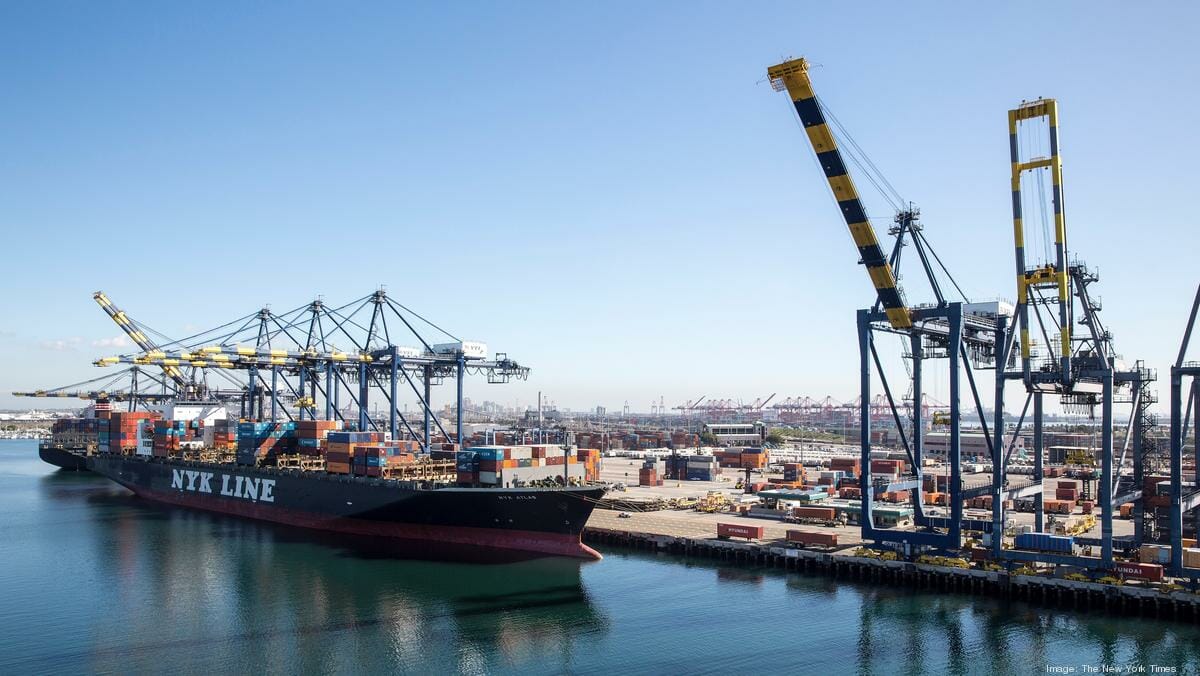Market UPDATE
As we reported earlier this year, ocean freight volumes experienced a delayed impact from the pandemic because of the 30–40 days required to move cargo across the ocean. Air freight, on the other hand, felt the consequences of government shutdowns and quarantine measures almost instantly.
In the second quarter, the ocean freight industry got a taste of COVID-19 and was victim to some fluctuations in volumes because of halted manufacturing in China. However, these setbacks now appear to be somewhat irrelevant in light of Q3’s soaring numbers.
According to FreightWaves, the Port of Los Angeles had a 17% increase in imports in September 2020 when compared to September 2019. Additionally, ocean shipping company Matson experienced a 125% year-over-year uptick in China volumes. Much of this can be attributed to the fact that air cargo capacity is limited and USA inventory levels are notably low.
In addition, consumer demand (especially in the United States) is higher now than it was before the pandemic. With the coronavirus removing many entertainment activities from our lives, most people have opted to spend that money on stuff – all kinds of stuff! Essentially, consumers have reassigned their travel and leisure activity funds towards household items and physical goods.

The Port of LA | The New York Times
When you combine the limited capacity for international imports and the rising demand for consumer goods, you find a scenario in which ocean carriers can charge a premium price – and that’s exactly what we’re seeing. Container rates are nearing all-time highs, hovering close to $4,000 per forty-foot equivalent unit (FEU).
As far as we can see, it looks like the ocean freight industry will remain extremely busy well into the first half of next year. Until international passenger flights fully resume, it looks like ocean transport will be heavily relied on to pick up the slack, especially if goods demand remains so high.
As the old saying goes, where there’s smoke, there’s fire. In the same way, where there’s a demand for goods, there’s the need to move and distribute those goods. Stay tuned for more freight market updates as this year comes to a close.
